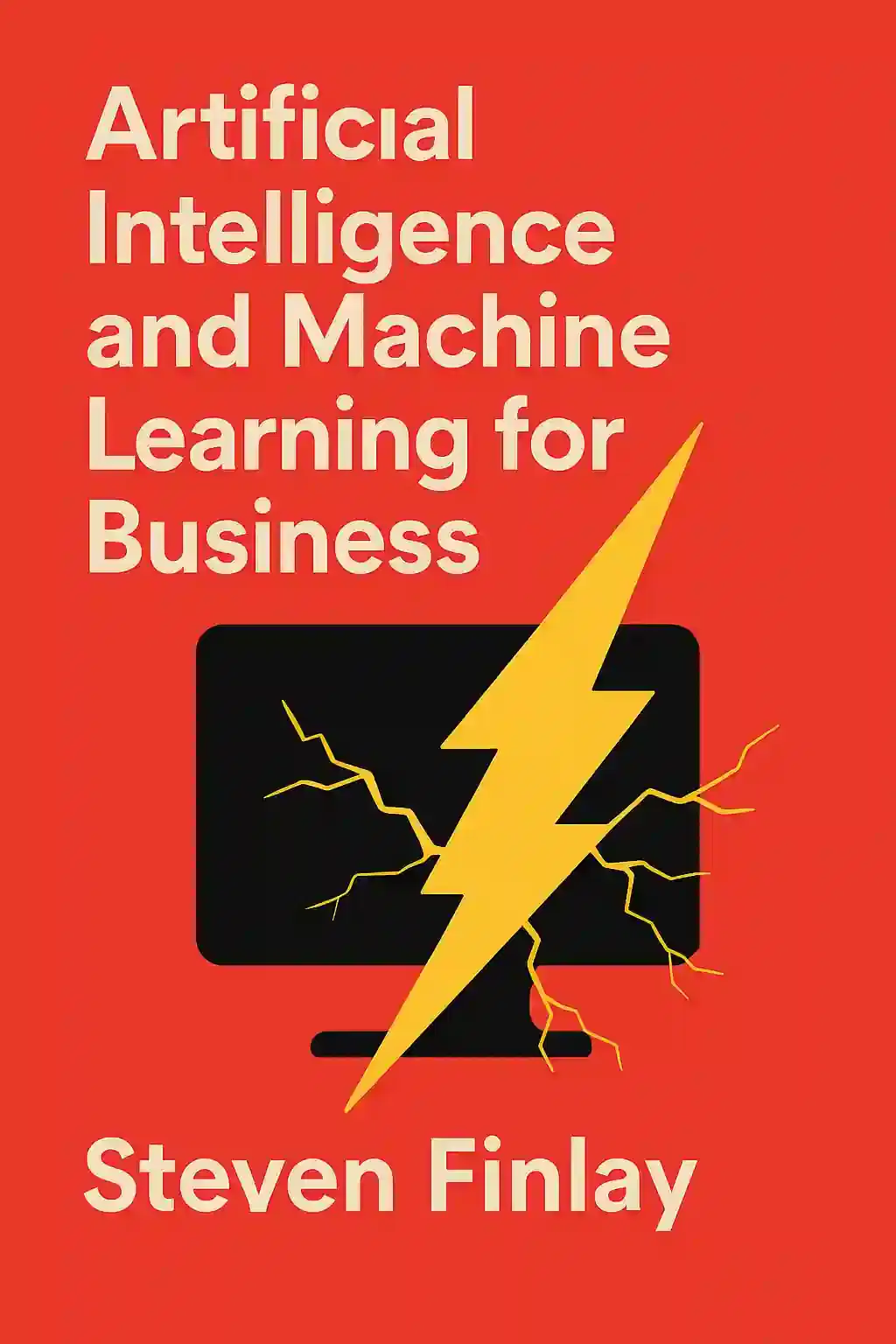
Artificial Intelligence and Machine Learning for Business by Steven Finlay Summary
Overview of Artificial Intelligence and Machine Learning for Business
Demystifying AI for business leaders, Finlay's no-nonsense guide transforms complex technologies into actionable strategies. With 20+ years of experience and a PhD, he's created the resource that's helping non-technical managers across industries harness AI's competitive edge - without needing to code.
Similar books to Artificial Intelligence and Machine Learning for Business
Feel the book through the author's voice
Turn knowledge into engaging, example-rich insights
Capture key ideas in a flash for fast learning
Enjoy the book in a fun and engaging way
Quick Summary Mode - Read or listen to Artificial Intelligence and Machine Learning for Business Summary in 9 Minutes
Break down key ideas from Artificial Intelligence and Machine Learning for Business into bite-sized takeaways to understand how innovative teams create, collaborate, and grow.
Flash Card Mode - Top 11 Insights from Artificial Intelligence and Machine Learning for Business in a Nutshell
Distill Artificial Intelligence and Machine Learning for Business into rapid-fire memory cues that highlight Pixar’s principles of candor, teamwork, and creative resilience.

Fun Mode - Artificial Intelligence and Machine Learning for Business Lessons Told Through 25-Min Stories
Experience Artificial Intelligence and Machine Learning for Business through vivid storytelling that turns Pixar’s innovation lessons into moments you’ll remember and apply.
Personalize Mode - Read or listen to Artificial Intelligence and Machine Learning for Business Summary in 0 Minutes
Ask anything, pick the voice, and co-create insights that truly resonate with you.

From Columbia University alumni built in San Francisco

Get the Artificial Intelligence and Machine Learning for Business summary as a free PDF or EPUB. Print it or read offline anytime.
















